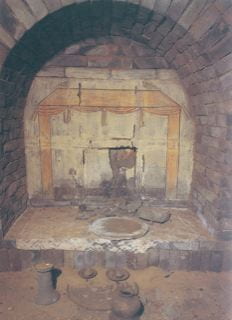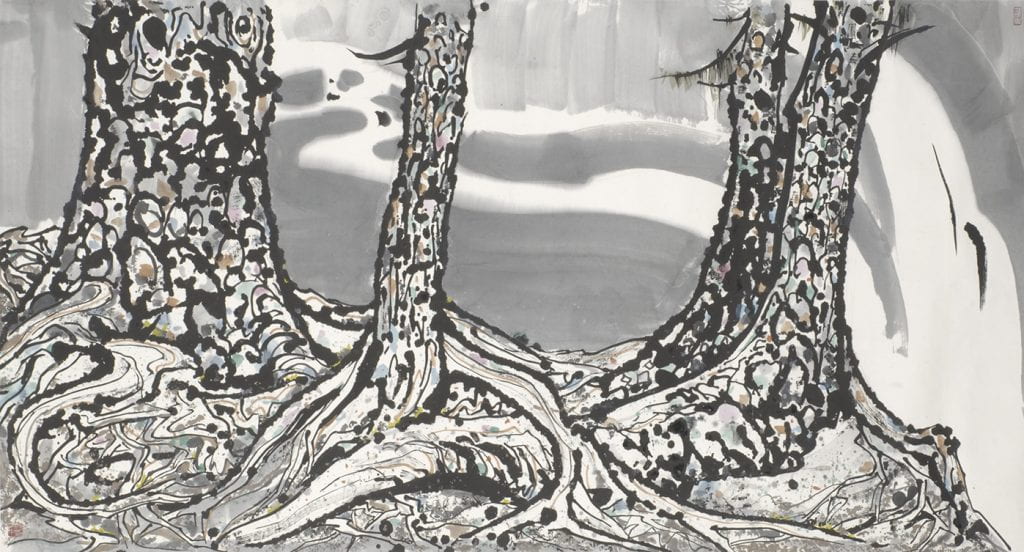Hongxiang Jin, visiting student, Department of Art History; PhD candidate, School of History & Culture, Sichuan University
“To the Body or the Soul? ——The Funerary Practice of in-Burial Offering in Wei and Jin China (220CE—420CE)”
Respondent: Li Jiang, PhD student, Department of Art History
Friday, April 24th, 2020
4:30-6:30 pm, Zoom meeting (please find the registration link below)
Abstract: Funerary practice and ancestral worship have always been an important part of the system of rites in ancient China. In the fields of Chinese archaeology and art history, there have been heated discussions about the funerary ritual practice of making offerings inside the burials, with a focus on the Han dynasty (202 BC—220 CE). However, the practice of in-burial offering during the Wei and Jin dynasties (220CE—420CE) is little-studied. In almost every case among the few archaeological discoveries in Luoyang (in present-day Henan) —the capital city of the Wei and West Jin dynasties, the ritual offerings were found directly in front of the coffin. However, this practice did not pervade the whole country. In comparison, the practice in Nanjing (in present-day Jiangsu)—the capital city of the East Jin dynasty—was to worship the symbol of the dead in the tomb, often the Spiritual Seat. It is noteworthy that the practice varied even in the same family tomb complex. The variation of in-burial offering reflects the conceptual debate in ancient China on whether the soul exists in the tomb. And these varied practices were influenced by the well-known political order of “Economic Funeral” (bozang 薄葬). In the historical context of the Economic Funeral order, as I would suggest, a significant change in the architectural program of the tomb has intensified the problem of orientation in the in-burial offering practice. Since a tomb no longer comprised an antechamber and a rear chamber, the coffins—that represents the body—and the spiritual seat—that symbolizes the soul—would have not necessarily aligned in the same direction. Engaging with archaeological discoveries and historical documents, this talk will examine the variation in in-burial offering practice in the historical context and show how the political order accentuated the changes in tomb design and funerary practice.
A niche of Dunhuang Foyemiao tomb M37
Zoom Registration Link: https://uchicago.zoom.us/meeting/register/vJ0ldO2oqj8t83Pq0OGQo2PtMNvUeORf4g
++++++++++++++++++++++++++++
Hongxiang Jin is a PhD candidate of the Department of Archaeology of Sichuan University. His study focuses on the Tombs of the Wei and Jin Dynasties in China. He received a B.A degree from Sichuan University in 2015, after which he directly entered the PhD program. During the undergraduate studie, he examined the Tomb Passage System in the Wei, Jin, Southern and Northern Dynasties. His current research concerns the changing of tombs under the ‘Economic Funeral order’(bozangling 薄葬令).
Li Jiang is a PhD student of East Asian art history, focusing primarily on funerary art in ancient and early medieval China. Li Jiang received her MA from the University of Chicago in 2018. Her thesis examined the fragments of a lacquer screen from an elite burial of the Northern Wei dynasty. Her current research involves the material cultural and inter-regional issues in northeast Asian tomb arts from the fourth to seventh centuries.








